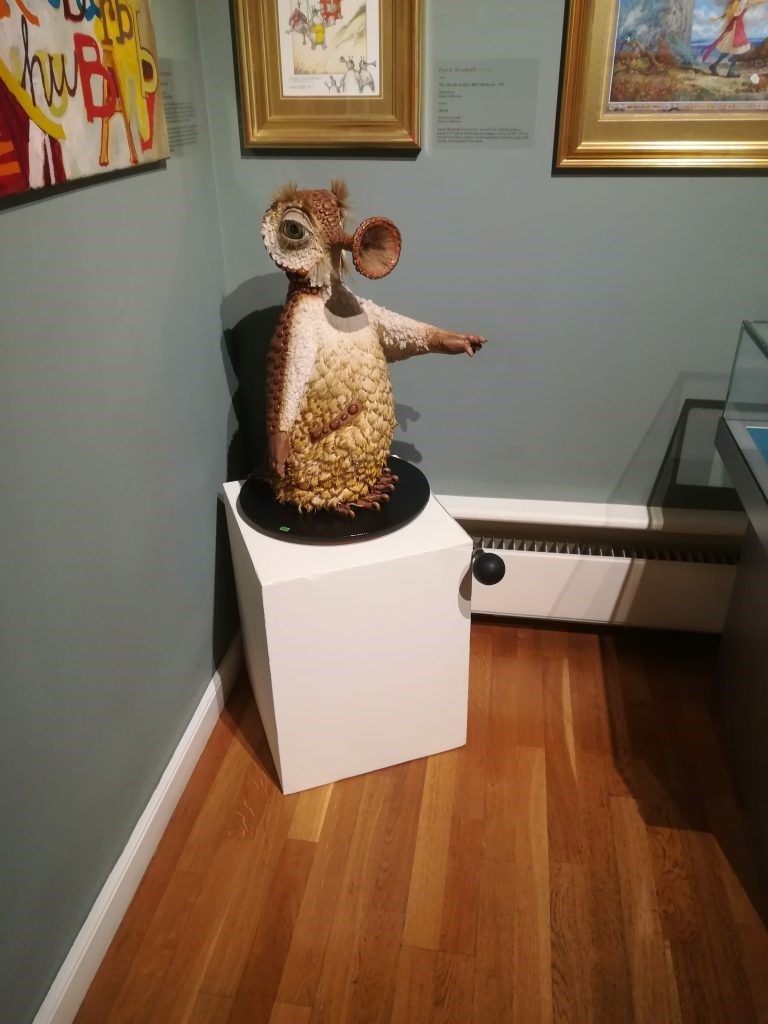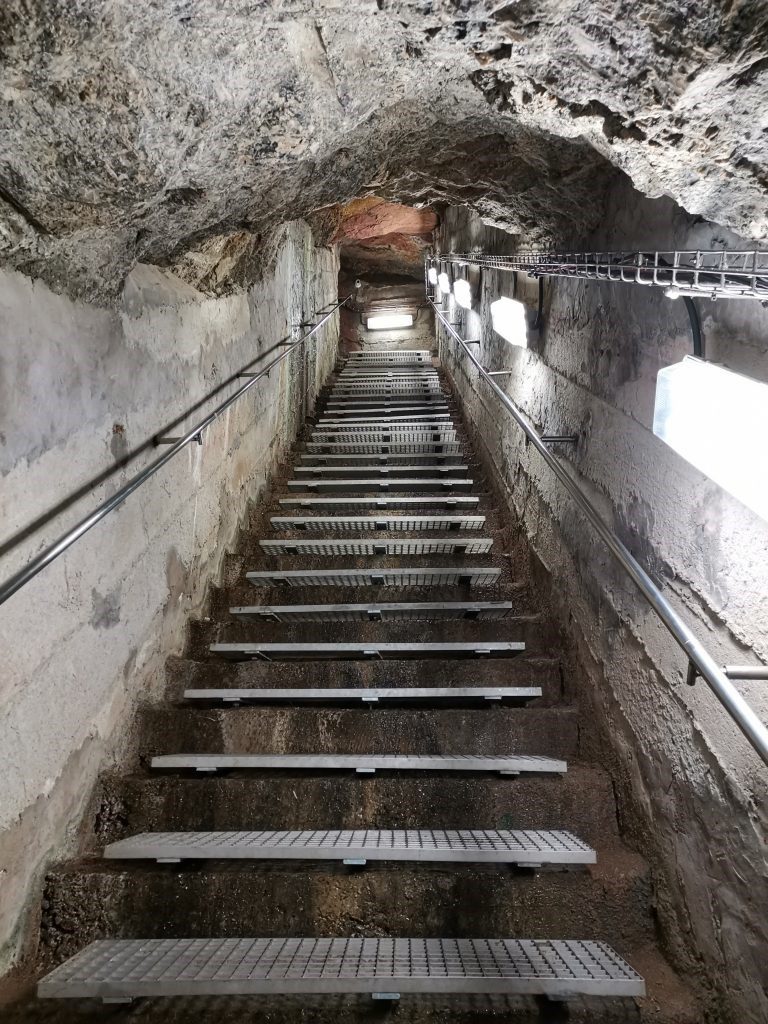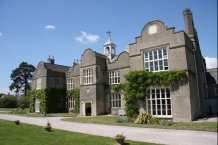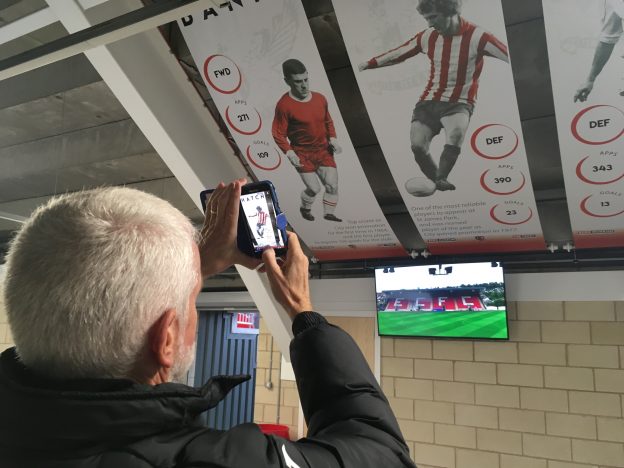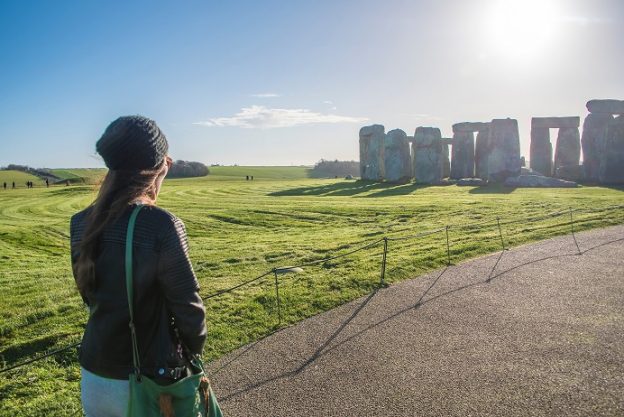Over the summer – in lockdown – student Frank Allen worked with the Heritage team in IIB as part of the Pathways to Arts, Culture & Heritage internship programme…
At the tender age of eight, I fondly remembered visiting Lichfield Cathedral. I was awe-struck by it. The Cathedral’s imposing spires, majestic arches, and grand scale captured my imagination. Lichfield Cathedral and the towns around it have always held a lot of sentimental value for me, being a place where my grandparents call home. However, it was only recently that I started thinking about the significance of the Cathedral, and Lichfield’s heritage, to the wider community. From thereon, heritage took on a whole different dimension for me.
Therefore, when I saw the opportunity to work for the University of Exeter’s heritage team as a website content developer, I immediately applied. I was asked to produce articles and blog pieces for the University’s Heritage website with my colleague, Kate, whilst also suggesting upgrades for the website and tweets to write. With only a brief knowledge of Devon and Cornwall’s heritage, and of the work that the University was doing to study it, I was excited to begin the role and learn more.
The research assistants, Gilda and Eloise, guided me towards some captivating projects. Their research ranged counties and specialities, considering both natural and man-made heritage and its effects on communities, policies, and even animals! My task was to synthesise these insights into four enthralling pieces of writing for a wider audience, which would then have to be publicised.
I started with the news articles. Consisting of only a few hundred words, I scoured my research reports for recent events that took my interest. Using a few examples on the Heritage website as my guide, I was excited to discuss Professor DeSilvey’s project, which would investigate strategies into heritage loss and conservation. I was also eager to talk about Dr Naomi Sykes’ new research into why we love to feed animals, using heritage sites as a testing ground. This followed on nicely from Dr Brazier and Puttock’s research into Eurasian beavers on Holnicote estate.
Moving onto the blog articles, two themes across the heritage sector caught my attention: climate change and the debate around the loss of heritage. Touching upon artistic projects and a bid involving University of Exeter professors, I highlighted how important the consideration of Climate Change was in heritage conservation in the future. However, does this heritage even need to be conserved in the first place? In her book ‘Curated Decay’, Professor DeSilvey suggests that we should allow nature to take its course. This discussion around heritage conservation informed my second blog post. A common thread through these themes, though, was an ethical discussion of what heritage meant to a community. This captivated me the most, reminding me of how I became interested in my own heritage to begin with.
I found the work with the Culture Team’s heritage sector challenging, but at the same time incredibly thought-provoking and rewarding. Time-management was key. Kate and I managed to produce a schedule for the week, dividing each day into achievable objectives. This skill was very useful in creating the Heritage website’s twitter timeline as well. However, this would not have been possible without strong teamwork and communication. Meetings and emails with both my team and the professors I wrote about were integral to producing high-quality pieces of writing. In the end, I built some strong connections whilst also deepening my love of the heritage sector through my writing.
The role of website content developer equipped me with some invaluable skills whilst I pursued a field that I would love to work in again in the future. I could not recommend the role enough to anyone keen on finding out more about heritage and what it means for them and their community.

